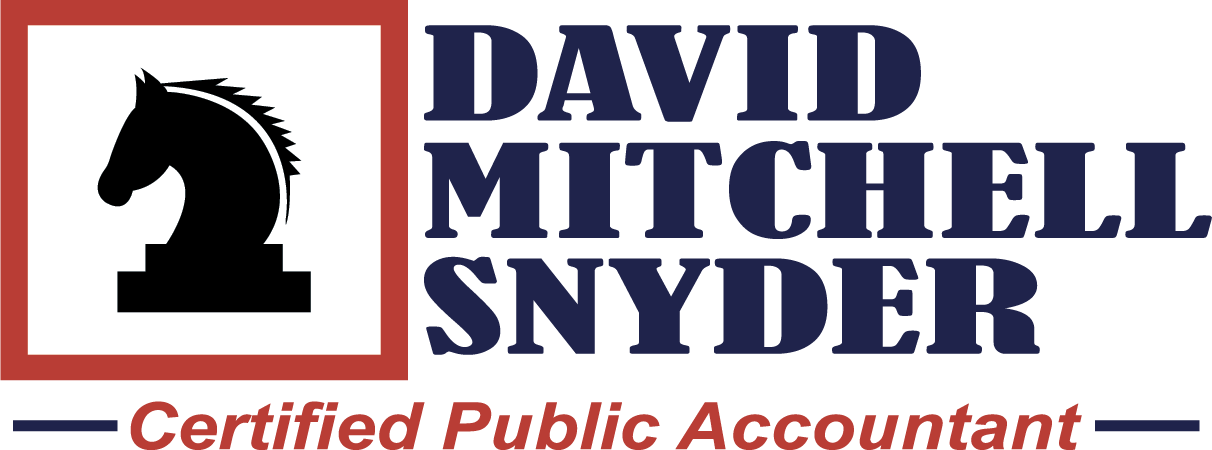Recent PPP Developments: Loan Forgiveness and SBA Loan Review Interim Final Rules Released

Recent PPP Developments: Loan Forgiveness and SBA Loan Review Interim Final Rules Released
Forgiveness Rule: The Forgiveness Rule provides an overview of the loan forgiveness-related provisions under the CARES Act and prior SBA interim final rules and guidance, along with certain substantive clarifications. An overview of key provisions is provided below.
Loan forgiveness process. The Forgiveness Rule delineates the following steps:
- The borrower must complete and submit the Loan Forgiveness Application to its lender (or the lender servicing its loan).
- The lender then has 60 days to issue a decision to the SBA.
- Subject to its review of the loan or loan application, the SBA will remit the appropriate forgiveness amount to the lender, plus any accrued interest. The SBA has advised that it may undertake a review of a PPP loan at any time, and that borrowers are required to retain PPP loan documentation for six years after forgiveness or repayment of the loan.
- If the SBA determines that the borrower was ineligible for the PPP loan, the loan will not be eligible for loan forgiveness.
Payroll costs eligible for loan forgiveness: Borrowers may seek forgiveness for payroll costs of U.S. resident employees for the eight weeks (56 days) beginning on either: (i) the date of disbursement of the borrower’s PPP loan proceeds from the lender or (ii) the first day of the first full payroll cycle during the covered period.
Nonpayroll Costs Eligible for Loan Forgiveness: Similar to the payroll cost context as described above, a nonpayroll cost is eligible for forgiveness if it was either: (i) paid during the covered period; or (ii) incurred during the covered period and paid on or before the next regular billing date, even if the billing date is after the covered period.
Previous guidance issued by the SBA specified that borrowers may utilize up to 25% of their PPP loan proceeds on eligible non-payroll costs and may seek forgiveness for non-payroll expenditures during the covered period (or alternative payroll covered period) utilized for utility payments, rent, and mortgage interest. The Forgiveness Rule also makes clear that permitted rent and mortgage interest payments that are eligible for forgiveness include expenditures in respect of both real and personal property (as long as such rent and mortgage obligations were incurred before February 15, 2020). The Forgiveness Rule specifies that a borrower may not utilize PPP loan proceeds to make principal payments or pre-pay interest on mortgage obligations.
The Forgiveness Rule provides the following additional clarifications:
- Consistent with the CARES Act and previous guidance, the Forgiveness Rule states that, if a borrower restores reductions made to employee salaries and wages or FTE employee headcount by not later than June 30, 2020, the borrower can avoid a reduction in its loan forgiveness amount.
- A borrower’s loan forgiveness amount will not be reduced if an employee is fired for cause, voluntarily resigns, or voluntarily requests a schedule reduction.
SBA review of individual PPP loans. The SBA Review Rule provides various clarifications regarding its loan review process, including the following:
- The SBA may review any PPP loan as it deems appropriate, including with respect to borrower eligibility, loan amount and whether the borrower used loan proceeds for the allowable uses specified in the CARES Act, and loan forgiveness amounts.
- For a PPP loan of any size, the SBA may undertake a review at any time.
- PPP borrowers will be able to respond to the SBA’s questions in a review.
- If the SBA determines that a borrower is ineligible for a PPP loan, the loan cannot be forgiven.
- A borrower may appeal the SBA’s determination that the borrower is ineligible for a PPP loan, the loan amount, or the loan forgiveness amount claimed by the borrower.
